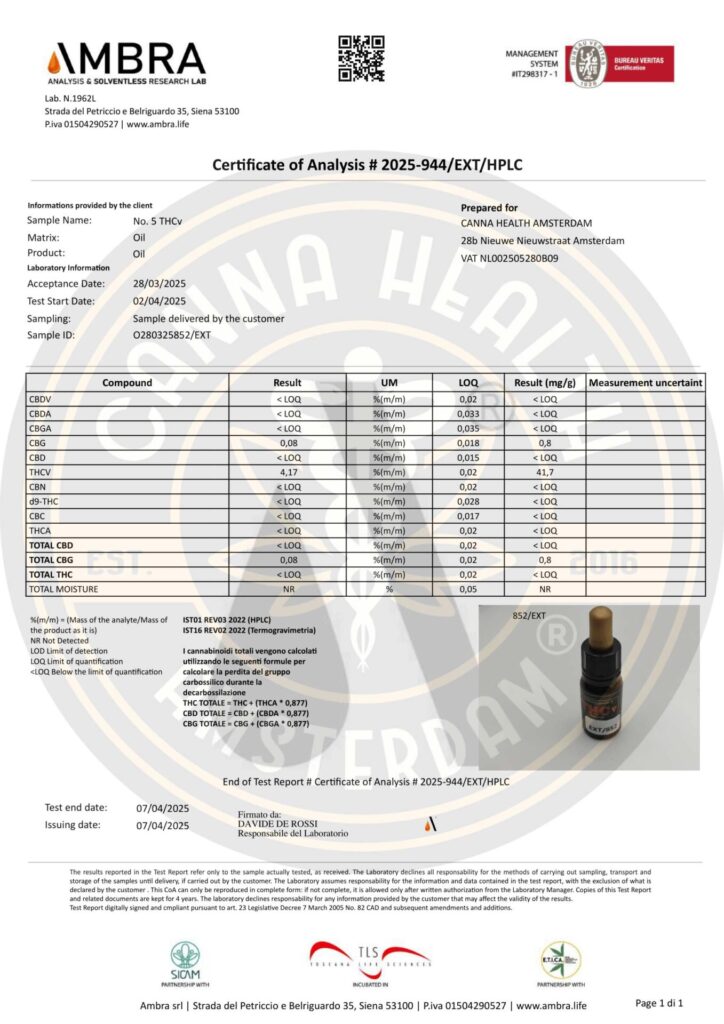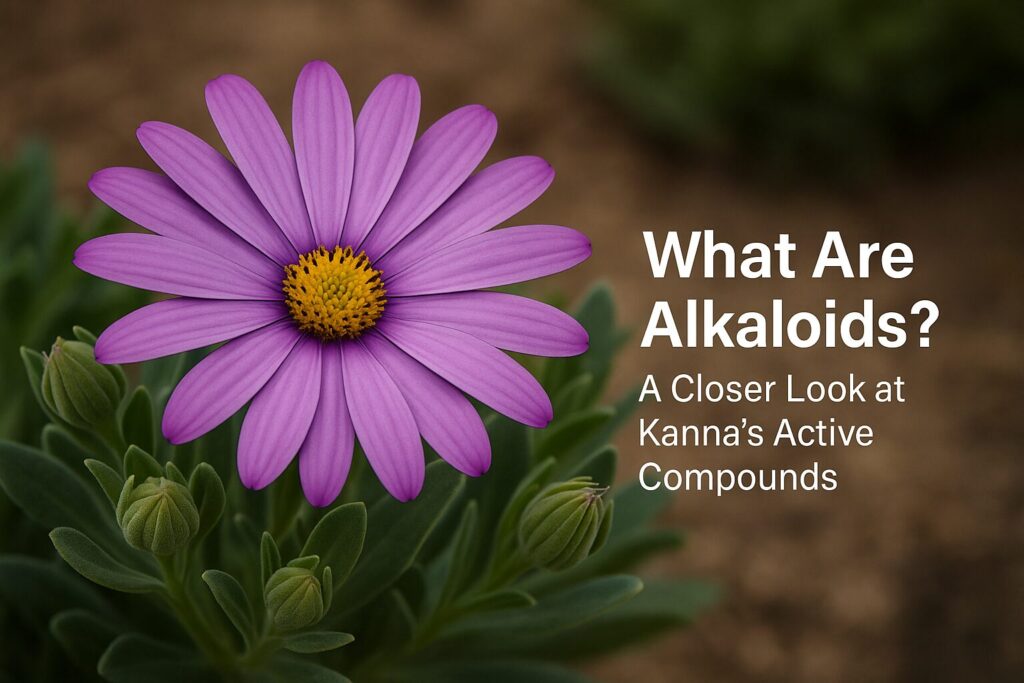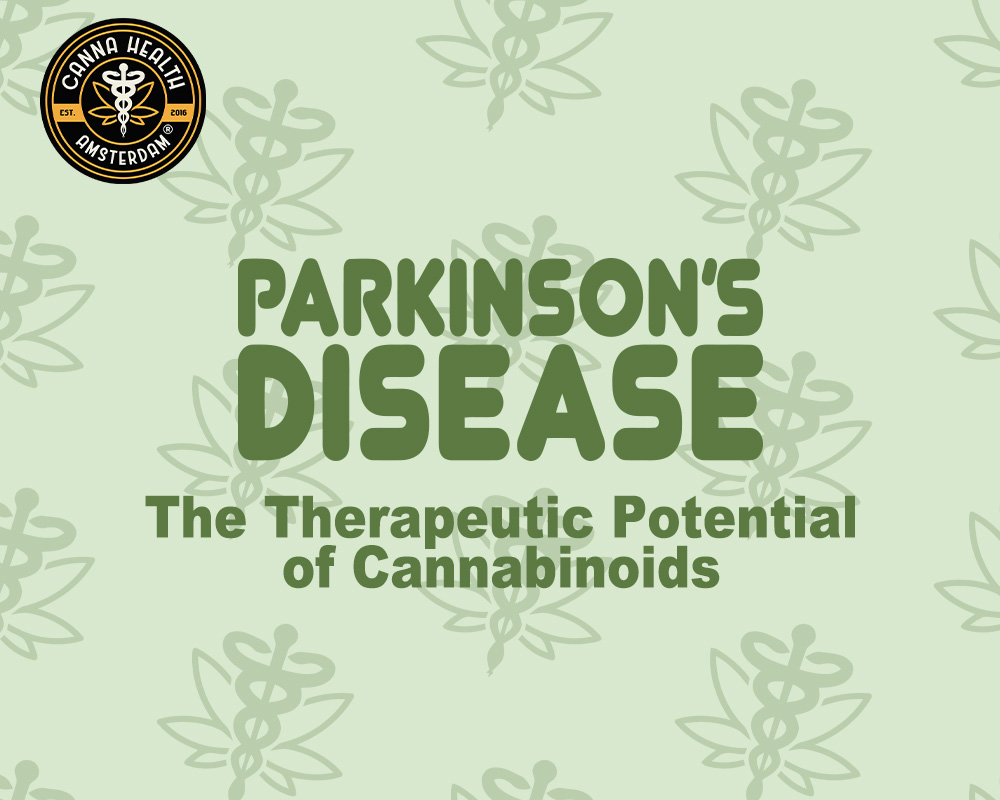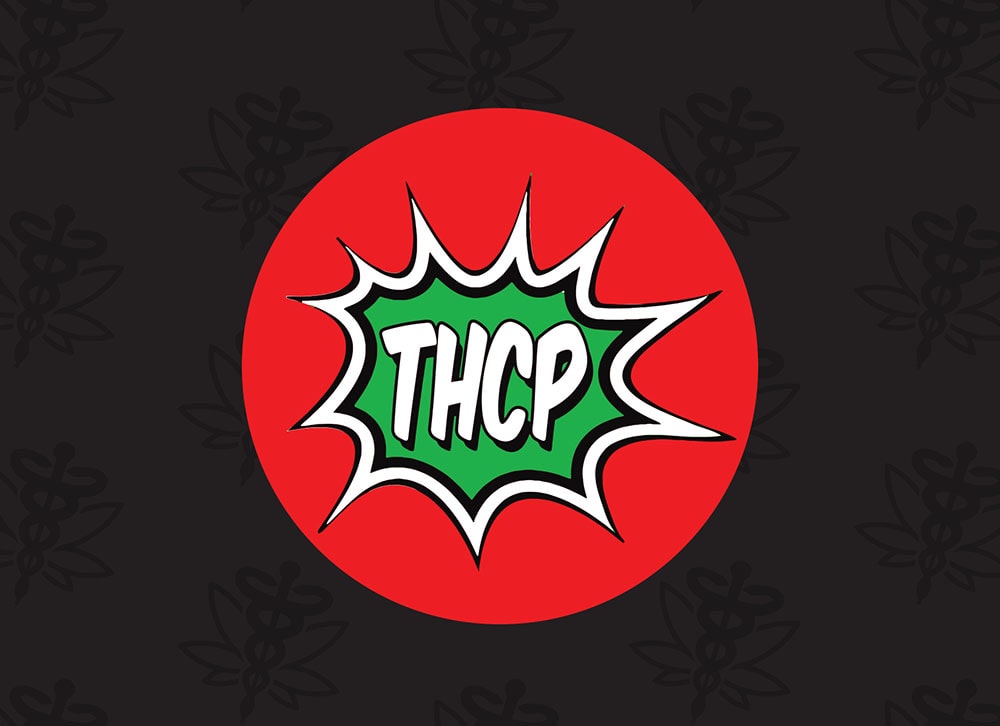
Blog
Potential of THCV in Parkinson’s Disease

Introduction
Parkinson’s disease, a neurodegenerative disorder, manifests through symptoms like tremors, stiffness, and rigidity. While current treatments mainly focus on managing these symptoms, there’s growing interest in alternative therapies. This article introduces THCV (tetrahydrocannabivarin), a unique phytocannabinoid, exploring its potential role in treating Parkinson’s through two pivotal studies. These studies shed light on THCV’s possible benefits, offering a new perspective on managing this challenging condition.
Understanding THCV
THCV (tetrahydrocannabivarin) stands out among cannabinoids for its unique chemical structure and effects. Unlike THC, it doesn’t produce strong psychoactive effects and has a different impact on appetite and energy metabolism. THCV interacts with the endocannabinoid system, which is crucial in regulating bodily functions like mood, memory, and pain sensation. This interaction suggests potential therapeutic benefits, including in the context of neurodegenerative diseases like Parkinson’s. This distinct profile of THCV positions it as a compound of interest for further medical research.
Study Overview 1: Symptom-Relieving and Neuroprotective Effects
This study delves into the potential of Δ⁹-THCV (tetrahydrocannabivarin) in alleviating symptoms of Parkinson’s disease and providing neuroprotection. Conducted using animal models, it explored how THCV affects motor inhibition, analgesia, and dopamine content in the striatum. The findings suggested that THCV could reduce motor-related symptoms and exert a protective effect on nerve cells. This study is significant because it offers insights into how cannabinoids might be used to manage Parkinson’s symptoms and possibly slow disease progression.
Study Overview 2: THCV and L-DOPA-Induced Dyskinesia
The second study investigates the effects of THCV on dyskinesia caused by L-DOPA, a common treatment for Parkinson’s. It specifically examined THCV’s impact on managing or reducing these side effects. The results suggested that THCV has potential in moderating dyskinesia, which is a significant concern for patients undergoing long-term L-DOPA treatment. This study is crucial as it opens avenues for using THCV as a complementary therapy to standard Parkinson’s treatments, potentially improving the quality of life for patients.
Implications for Parkinson’s Disease Treatment
The studies on THCV in Parkinson’s disease suggest its potential as an adjunct therapy, offering neuroprotective effects and symptom relief. However, these promising findings are primarily from animal models. For a robust understanding of THCV’s efficacy and safety in humans, comprehensive clinical trials are necessary. Such research would determine optimal dosages, unveil potential side effects, and evaluate long-term impacts, thereby guiding its integration into Parkinson’s treatment regimens. This exploration is crucial for developing more effective and holistic treatment strategies for Parkinson’s patients.
Conclusion
THCV shows potential in Parkinson’s disease treatment through its neuroprotective properties and ability to alleviate symptoms. Its interaction with the body’s cannabinoid receptors may help in managing motor symptoms and reducing dyskinesia associated with conventional Parkinson’s treatments like L-DOPA. The studies suggest THCV could support nerve cell health, potentially slowing disease progression. This makes THCV a promising candidate for further research in Parkinson’s therapy, aiming to improve patient quality of life and provide alternative treatment options.
References
THCv Oil – No 5: 500 mg THCv
Disclaimer: This blog is for informational and educational purposes only. We review and reference available studies and reputable sources; however, content may not reflect the most current research or regulations and should not be taken as medical, legal, or professional advice. We do not make or imply health claims. Products mentioned are not intended to diagnose, treat, cure, or prevent any disease and statements have not been evaluated by EFSA or the FDA. Effects can vary between individuals. Always consult a qualified healthcare professional before use and verify that any product or ingredient is lawful in your jurisdiction.


















